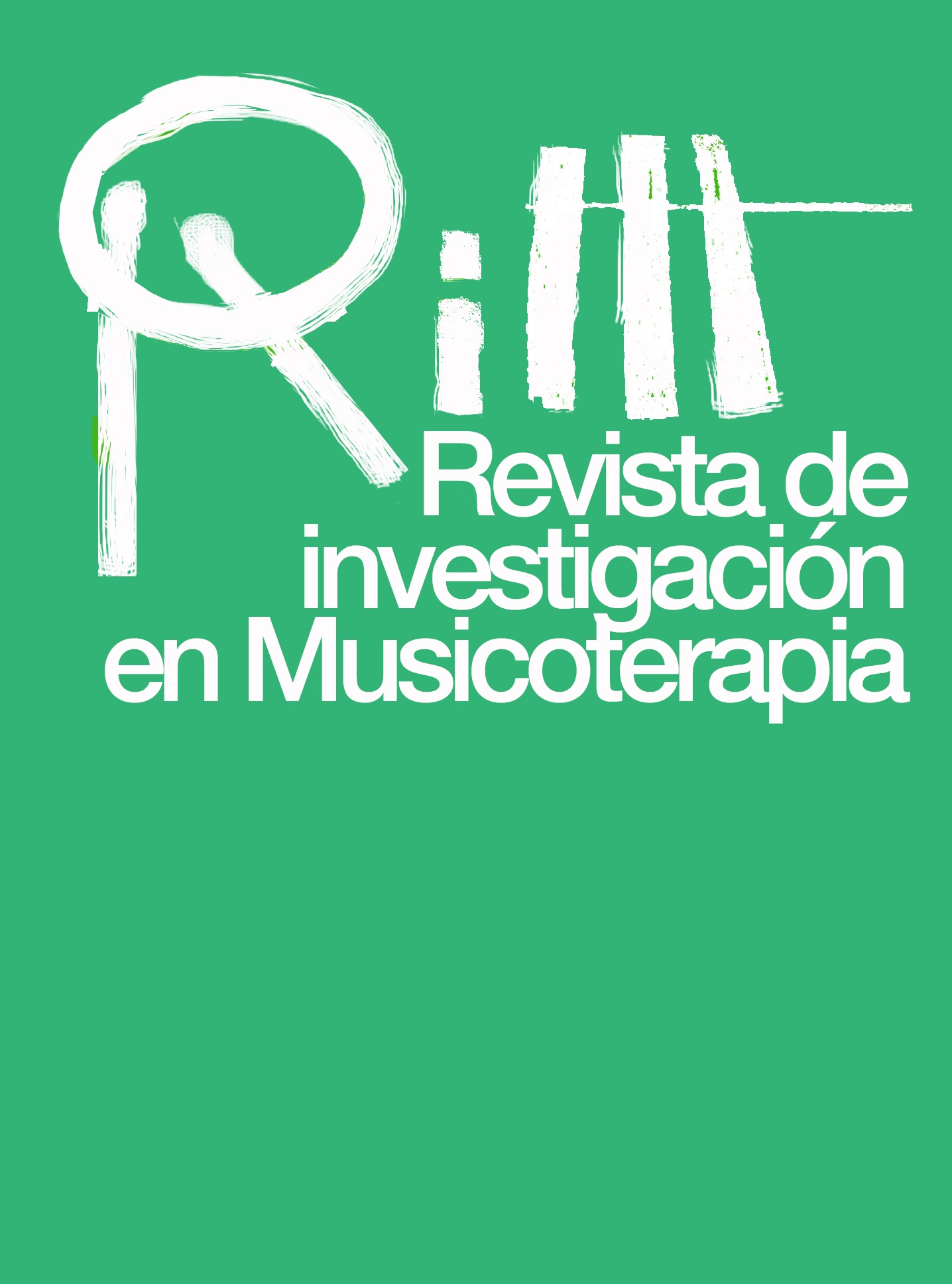Keywords:
music, stress, sound, environment, therapyCopyright (c) 2021 Revista de Investigación en Musicoterapia

This work is licensed under a Creative Commons Attribution-NonCommercial-NoDerivatives 4.0 International License.
Abstract
If a sound is perceptible with a time interval below a certain level it is known as a continuous sound (Berglund et al.,1999) . This type of sound is discriminated by the ear, since our auditory system analyzes that sound as a non-dangerous stimulus. Another agent that is maintained unnoticed is the stress and the anxiety that goes coupling to the person little by little until it begins to generate quite serious problems. Studies of tests to apply music as therapy to solve the problems derived from these agents have demonstrated that an improvement exists and that they are problems with a nonaggressive, cheap and simple solution as it is to listen to music. Although it is a developing field, this work still shows the studies that the author has believed to be most relevant when it comes to justifying the use of this therapy.
Downloads
References
Escribano, B., Quero, I., Feijóo, M., Tasset, I., Montilla, P., & Túnez, I. (2014). Role of noise and music as anxiety modulators: Relationship with ovarian hormones in the rat. Applied Animal Behaviour Science, 152, 73-82. https://doi.org/10.1016/j.applanim.2013.12.006
Guidelines for comunity noise. (1995). Visible body: World Health Organization Stockholm. World Health Organization. Recuperado de https://apps.who.int/iris/handle/10665/66217
Kane, E. O. N. (1914). Phonograph in operating-room. Journal of the American Medical Association, 62(23), 1829-1829. https://doi.org/10.1001/jama.1914.02560480063031
McCaffrey, R. (2008). Music listening: its effects in creating a healing environment. Journal of psychosocial nursing and mental health services, 46(10), 39-44. https://doi.org/10.3928/02793695-20081001-08
Momennasab, M., Ranjbar, M., & Najafi, S. S. (2018). Comparing the effect of listening to music during hemodialysis and at bedtime on sleep quality of hemodialysis patients: A randomized clinical trial. European Journal of Integrative Medicine, 17, 86-91. https://doi.org/10.1016/j.eujim.2017.12.001
Morone, N. E., & Greco, C. M. (2007). Mind-body interventions for chronic pain in older adults: A structured review. Pain medicine, 8(4), 359-375. https://doi.org/10.1111/j.1526-4637.2007.00312.x
Nilsson, U. (2008). The anxiety-and pain-reducing effects of music interventions: a systematic review. AORN journal, 87(4), 780-807. https://doi.org/10.1016/j.aorn.2007.09.013
Shum, A., Taylor, B. J., Thayala, J., & Chan, M. F. (2014). The effects of sedative music on sleep quality of older community-dwelling adults in Singapore. Complementary therapies in medicine, 22(1), 49-56. https://doi.org/10.1016/j.ctim.2013.11.003
